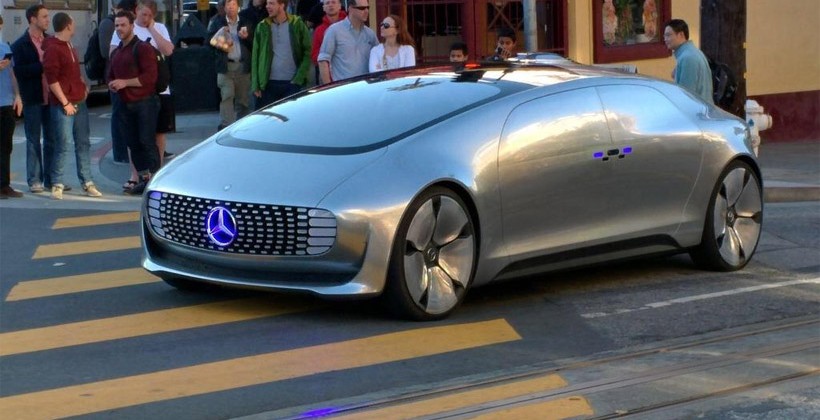Technology has come a long way for automobiles and the next era is about to commence. The autopilot phenomenon, where the driver is not the driver anymore, has been a very controversial topic as of lately. Fatal crashes with self-driving capable cars from manufacturer Tesla, who have been one of the first to offer and promote the autopilot function, have raised questions about whether the function should already be available. Can we completely entrust our cars, more precisely the makers of our cars, with our safety on the road or should we be more cautious?
To better see where we stand on driverless cars, it is important to know how technology is replacing the driver. Autonomous cars are equipped with an entire arsenal of cameras and sensors to provide a 360 view of the surrounding area. The sensors reach goes as far as 5 meters, after which a satellite provides further information. They work together to accurately pin-point other cars, other objects, lane marking and traffic signs which the car takes into account when maneuvering across the road. With this information, at the current level of automatization, while driving the car can: steer within a lane, change lanes, manage the speed of the car and brake by itself. Wonderful attributes and it can certainly be beneficial, but hardly as operational as a true self-driving car should be.
The problem lies in the enormous amount of variables influencing the needs of the system. The cars’ autonomous driving is based on artificial intelligence which control the car based on the input of the sensors, cameras and satellites. Unlike what most think, autonomous driving is not a matter of IF – THEN statements. Machine learning based on constantly updated data lies at the basis of how these cars function. Google has for example made over 2 million kilometers on public roads in test drives to gather actual scenarios for the car to learn from. Unlike simple functions like parking and keeping distance to the car in front on the highway, a truly autonomous mode can have no margin for error and should be functioning to perfection from the moment it is made available.
One way to limit the amount of scenarios an autonomous vehicle needs to be able to handle is to control the environment the vehicle operates in. For instance, pre-defined routes clear of any traffic or unknown objects, limited speed and a relatively small set of data needed to control the car can all greatly benefit the success of an autonomous vehicle. The shuttle service at Kralingse Zoom metro station is a prime example. The input needed to drive these vehicles is not changing, at least not nothing that can be controlled for in most of the cases, which takes away the need for these vehicles to constantly learn. This example gives away where the market for autonomous vehicles will focus on in the near future, which will not be the consumer. Businesses can better control their fleet than a bunch of consumers can, they can run pre-destined routes which limits possible scenarios and can make their fleet learn from itself. Daimler AG for example already demonstrated tests on public roads with self-driving buses and ‘caravans’ of autonomous trucks.
Autonomous driving technology has come a long way over the past decade, and in certain situations some cars offer their driver the opportunity to sit back and relax while they’ll do the work. However, the number of situations where this is possible are thus limited that speaking of an autopilot function might be premature. Manufacturers and tech companies are working hard to make advances and this is shown in the field by innovations from Tesla and Mercedes for example, but keep your hands on the wheel for now.
Sources:
http://www.techinsider.io/how-teslas-autopilot-works-2016-7/#to-activate-autopilot-you-simply-pull-the-cruise-control-stalk-towards-you-twice-and-the-car-will-take-over-steering-5
www.driverless-future.com

